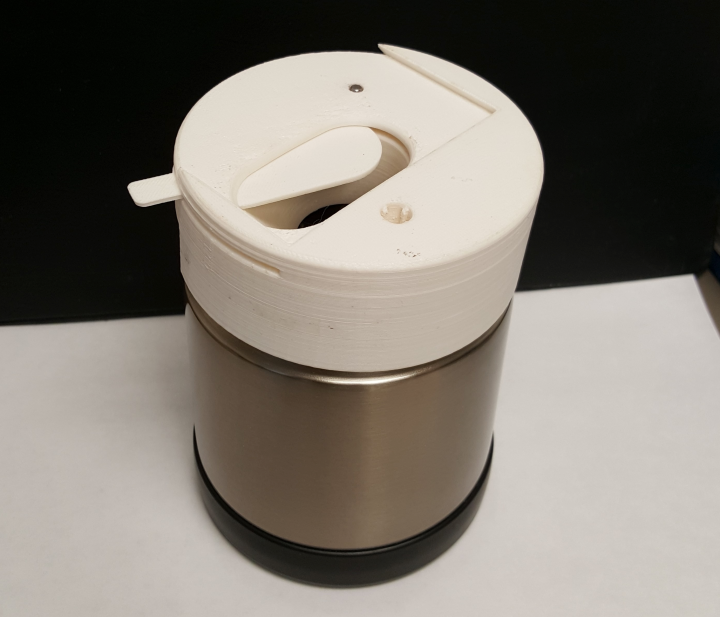
The size of a regular soda can, the test simply requires potential patients to provide a saliva sample. A removable slide/cassette inside the thermos changes color to reveal whether or not the virus has been detected. The test kit itself ia made up of a thermos bottle, an integrated heating element that uses a chemical reaction normally seen in portable military rations, and a 3D-printed lid that holds all of the components together.

“The Centers for Disease Control and Prevention (CDC) has approved, on an emergency basis, only laboratory-based molecular tests for the Zika virus,” Changchun Liu, research assistant professor at the University of Pennsylvania, tells Digital Trends. “However, [these tests] require a well-trained technician and expensive instrumentation — conditions that are not optimal for point of care diagnostic applications.”
Rapid diagnosis is extremely important for the Zika virus, particularly when it comes to pregnant women who have been infected. The creation of a field diagnostic tool therefore represents a possible major breakthrough.
The University of Pennsylvania’s test takes about 40 minutes to run, and in preliminary studies proved to be as sensitive as the so-called RT-PCR laboratory test, which is used for diagnosing the virus at present.
Liu describes the thermos-based genetic test as a “proof of concept,” and says that more experiments must be done before it can be adapted for medical use — including further experiments to ensure that it matches the most accurate available tests for the virus. However, once this is achieved, the test could be rolled out and used in areas affected by Zika.
It is hoped that a future version could even ramp up its efficiency by being able to quantify the viral load using a fluorescent dye and integrated smartphone camera.


